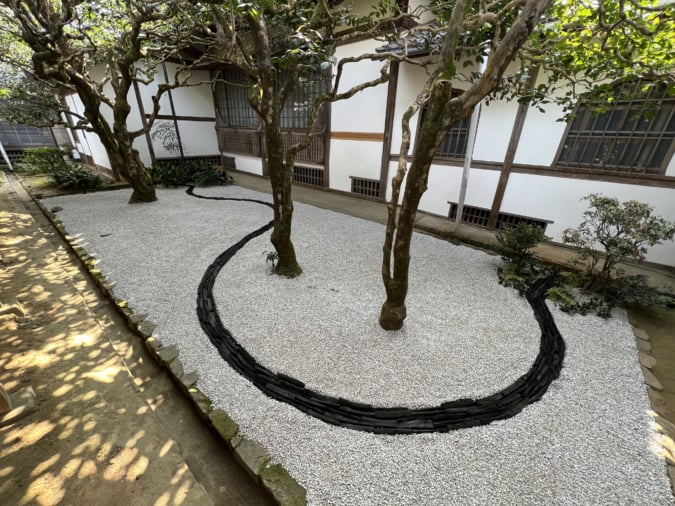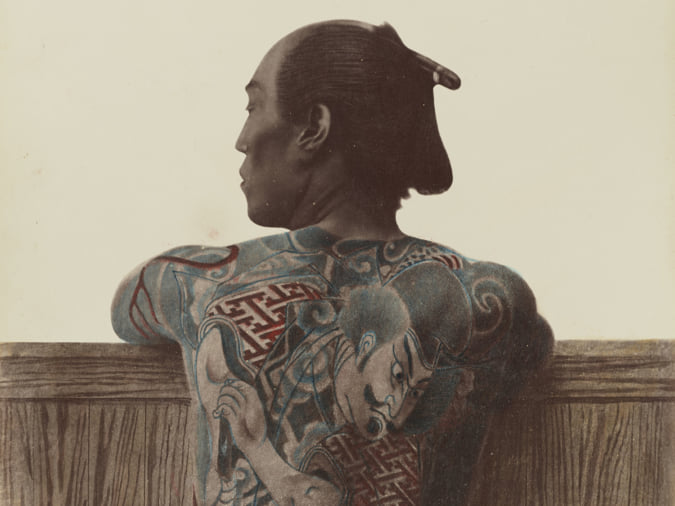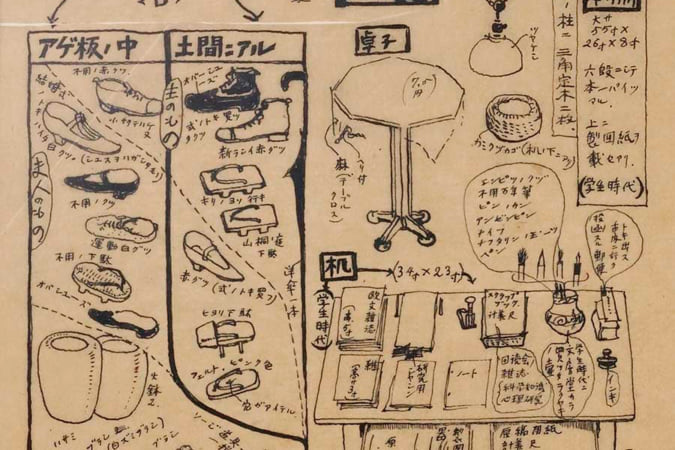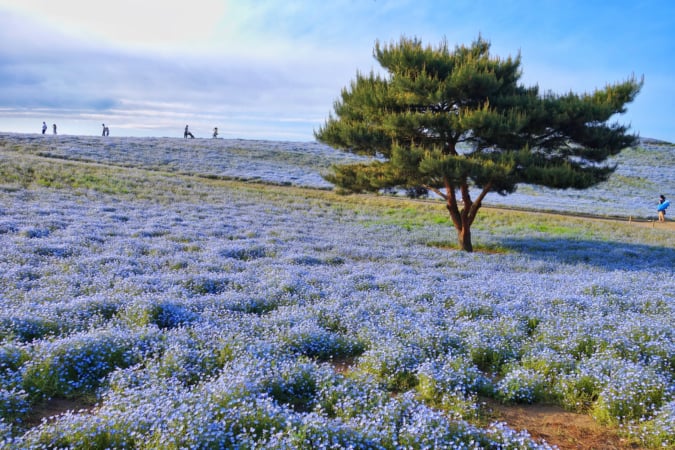Diving into Japanese Denim
The documentary ‘Weaving Shibusa’, directed by David Leisher in 2017, explores the techniques used to make jeans in Japanese workshops.
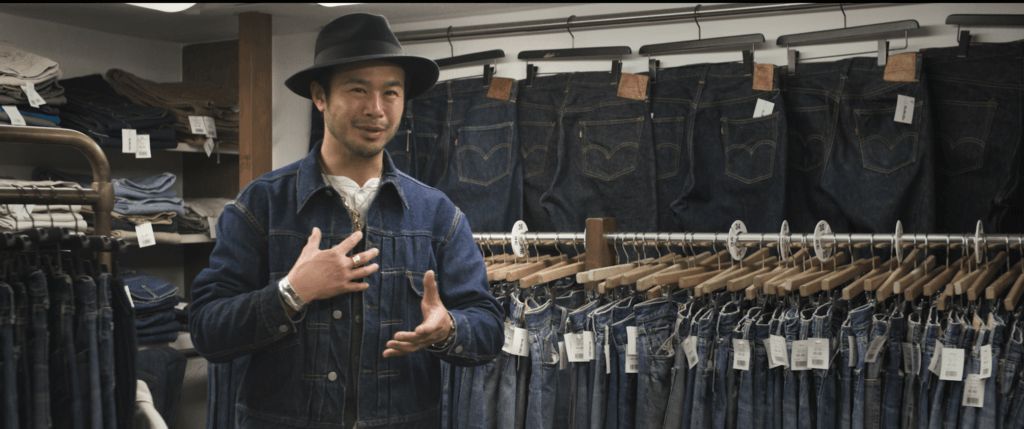
When he realised that very little information was available about the methods used to manufacture jeans in Japan, filmmaker David Leisher decided to explore the subject in his documentary Weaving Shibusa, in 2015. From Tokyo to Nagano via Osaka, David Leisher travelled the country to meet the key players in denim, including artisans and designers.
Indigo-stained cloth
It was after the Second World War, as industrialisation grew significantly, that denim imposed itself on Japan. This expansion was particularly due to the Osaka 5, five brand experts in denim. They wished to produce the material using an ancient method that is notably used during the process of dyeing cotton. The material is dyed by hand, in indigo, and thus takes on the iconic, intense navy-blue colour it is famous for. The attention to details goes as far as the jeans’ edge. Its material stands out due to its coloured border and, above all, its uniform finish, which prevents the denim from fraying and gives it a more robust quality; a method known worldwide as ‘selvedge.’
Weaving Shibusa (2017), a documentary by David Leisher is available to buy or rent.
Weaving Shibusa from Weaving Shibusa on Vimeo.
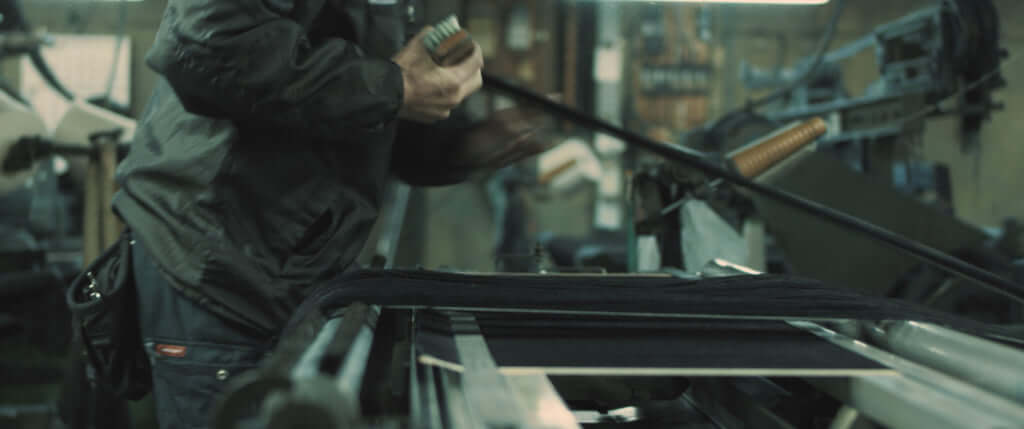

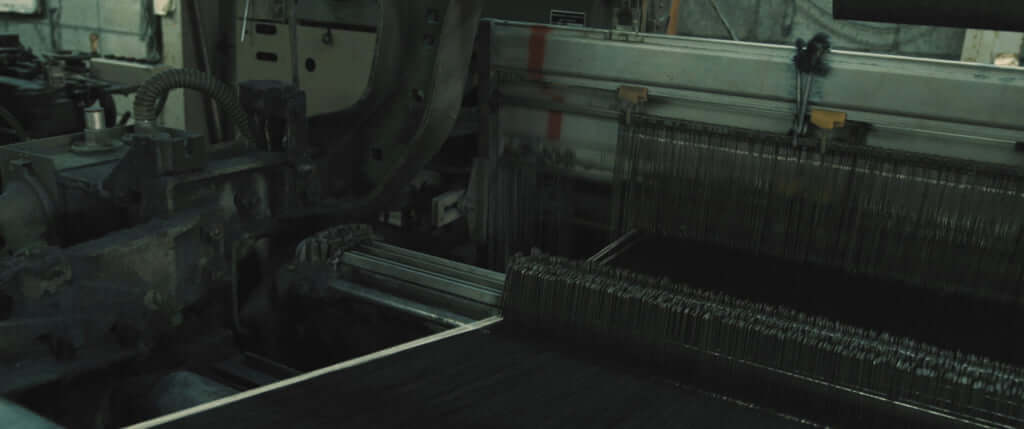

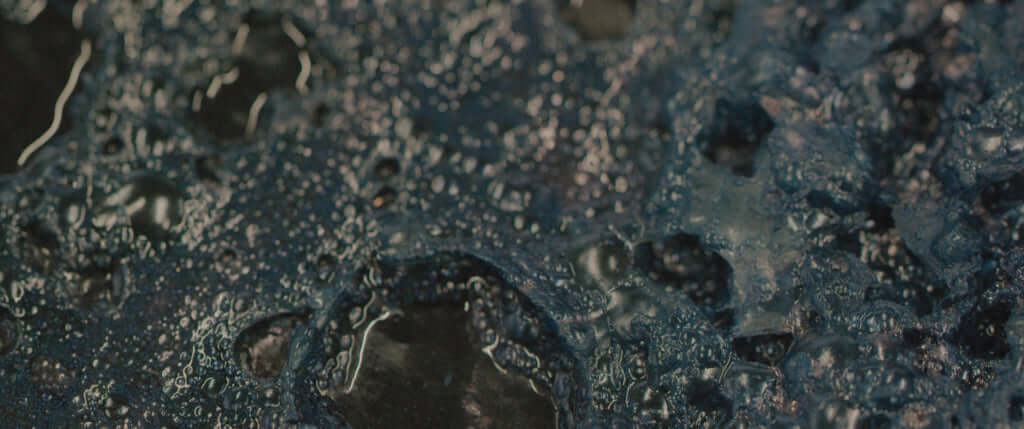
TRENDING
-
A Rare Japanese Garden Hidden Within Honen-in Temple in Kyoto
Visible only twice a year, ‘Empty River’, designed by landscape architect Marc Peter Keane, evokes the carbon cycle.

-
Colour Photos of Yakuza Tattoos from the Meiji Period
19th-century photographs have captured the usually hidden tattoos that covered the bodies of the members of Japanese organised crime gangs.

-
Recipe for Ichiraku Ramen from ‘Naruto’ by Danielle Baghernejad
Taken from the popular manga with the character of the same name who loves ramen, this dish is named after the hero's favourite restaurant.

-
Modernology, Kon Wajiro's Science of Everyday Observation
Makeup, beard shape, organisation of cupboards and meeting places: all of these details decipher 1920s Tokyoites.

-
Hitachi Park Offers a Colourful, Floral Breath of Air All Year Round
Only two hours from Tokyo, this park with thousands of flowers is worth visiting several times a year to appreciate all its different types.

